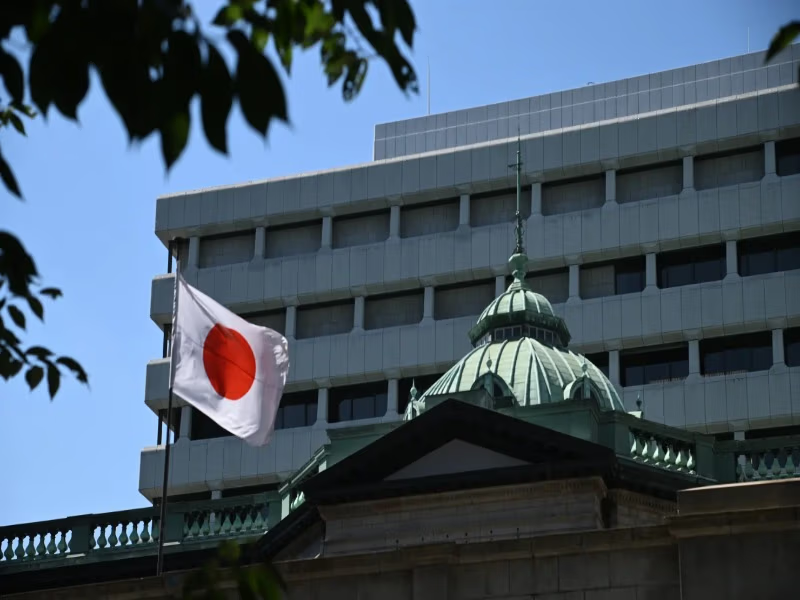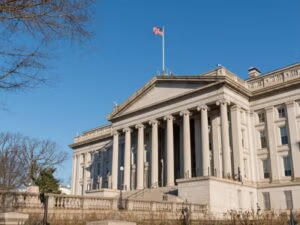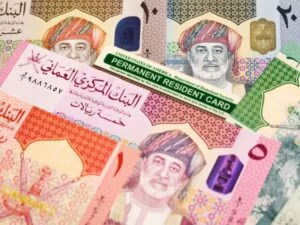The Central Bank of Japan maintained its benchmark interest rate on Thursday at 0.5 percent in its first meeting after Sanae Takaichi assumed power as the country’s prime minister earlier this month.
The move was expected by economists surveyed by Reuters, and it also follows a period where inflation has remained above the central bank’s 2 percent target for 41 consecutive months.
The Bank of Japan (BOJ) reported that the decision was divided 7-2, with a proposal by the board members Naoki Tamura and Hajime Takata to increase it by 25 basis points.
The BOJ’s widely anticipated decision kept markets steady: 10-year bond yields held flat, the yen slipped 0.2 percent to 153.03, and the Nikkei index rose 0.4 percent, showing limited immediate impact.
This BOJ decision follows on Monday, when the current Treasury Secretary of the United States of America, Scott Bessent, met the new finance minister of the Takaichi administration, Satsuki Katayama, and seemed to target Tokyo on the weakness of the yen, even commenting on the monetary policy of the country.
The U.S. Treasury Department, in a statement on Tuesday, stated that Bessent “highlighted the important role of sound monetary policy formulation and communication in anchoring inflation expectations and preventing excess exchange rate volatility.”
An increase in interest rates is more likely to strengthen a currency as it invites foreign inflow, whereas a decrease in interest rates is more likely to weaken it.
The weak yen has been an issue with U.S. President Donald Trump, who stated that in March the Tokyo had watered down its currency to gain an unfair trade advantage.
Trump, in a meeting with Takaichi, who had been a supporter of lower interest rates and called BOJ’s rate hikes “stupid” previously.
Takaichi’s move to support a stronger yen appears at odds with her broader agenda of increased fiscal spending and dovish monetary policy, introducing uncertainty about her long-term direction.
According to Reuters, on October 21, Takaichi added that “What’s most important is for the BOJ and government to coordinate policy and communicate closely.”
Takaichi is regarded as an advocate of “Abenomics,” the economic policy of the late Shinzo Abe that preached the loosening of monetary policy, fiscal spending, and structural reforms.
In a post on X (formerly known as Twitter), Bessent wrote, “the government’s willingness to allow the Bank of Japan policy space will be key to anchoring inflation expectations.”
Katayama estimated the real value of yen in March to an approximately 120-130 against the dollar, and this would be approximately 26 times stronger than the current value of 152.
According to experts, the effect of the policies of Takaichi is likely to depreciate the yen, which has already happened with the so-called “Takaichi trade” that saw the Nikkei 225 reach record levels and the weakening of the yen to below 150 against the dollar.
The decision of BOJ comes against the backdrop of a comparatively weak export landscape. The exports of Japan declined in four consecutive months, after which there was a recovery in September, but the shipments to the U.S have continued to decrease.






